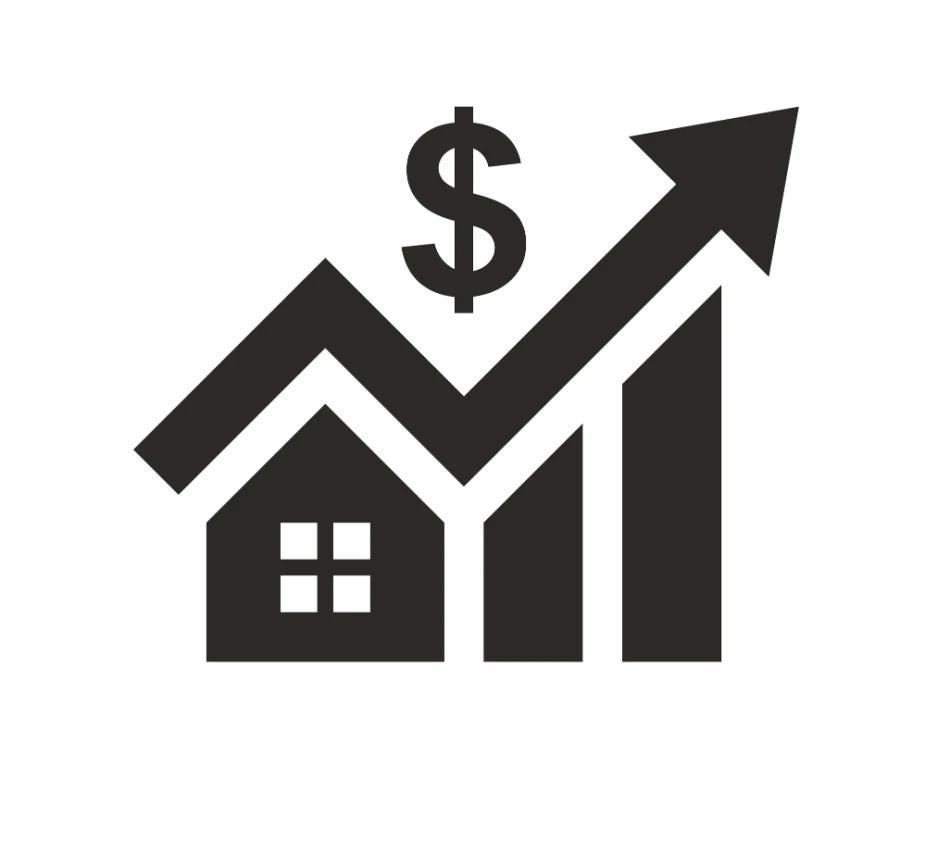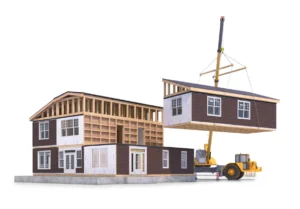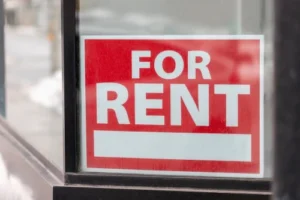There is a chronic lack of supply across the country

How Renters’ Costs Have Spiraled in 20 Years
The cost of renting a home in the U.S. has soared over the past 20 years, especially in the immediate aftermath of the pandemic, as inventory tightened despite an increase in total housing.
According to a recent report by the Census Bureau, the country added more than 22 million homes between 2005 and 2024, but the effective number of vacant homes during this same time frame rose by only about 570,000. This shortage of both for-sale homes and rental units have sent prices up for both buyers and renters.
How Have Costs Changed for US Renters?
In 2005, renters paid a median $728 dollars a month for rent and utilities, the equivalent of about $1,176 in 2024, adjusted for inflation. The Census Bureau’s 2024 American Community Survey (ACS) found that the median renter cost, since then, went up by $311 to $1,487.
The main reason behind this increase, which has far outpaced wage growth within the same period, is inventory. There is a chronic lack of supply across the country, estimated by some experts to be between 4 and 7 million homes.
When this shortage met strong demand during the pandemic, a time when more people left bigger, more expensive cities for smaller towns and suburbs or decided to live on their own or with a partner, rent prices shot up, peaking in mid-2022.
Since the pandemic, rents have increased by 36.2 percent, while the income needed to afford rent has surged by 34.9 percent, according to real estate online marketplace Zillow.
Some of the states’ renters were flocking to because of their relative affordability experienced some of the biggest rent increases, with renters in Florida paying over 50 percent more than they did before the pandemic, according to analysts the Economics Observatory.
Since then, rent prices have leveled off and even declined in some parts of the country, especially those that have built the most new apartments and homes. Despite these improvements, rent remains much more expensive now than it was before the pandemic.
Last year, according to Census data, nearly half of all the 42.5 million renters in the country were cost-burdened—meaning that they spent more than a third of their income toward rents.
Need a Lease Agreement?
Access 150+ state-specific legal landlord forms, including a lease.
What Comes Next for Renters?
The U.S. housing affordability crisis—which impacts both buyers and renters—remains a supply-driven one.
Rent has been falling in recent months in parts of the country that have built the most new homes, including rental units—topping the list is Austin, Texas, which Zillow identifies as the most affordable metropolitan area in the country for rent. In the Texas capital, renters had to pay 18.7 percent of their household income in rent—the lowest share in the nation and much below the national median of 28.9 percent.
In some parts of the Sun Belt, new construction has also stabilized rental prices. According to Zillow’s August report, rent fell year-over-year last month in Phoenix; San Antonio, Texas; Denver, and Austin, while it remain flat or grew almost imperceptibly in Raleigh, North Carolina; Las Vegas; Nashville, Tennessee; Orlando, Florida; Houston, and Dallas.
In Minneapolis, Salt Lake City, and Austin, renters typically spent less than 20 percent of their median income on rent.
But in the Midwest and the Northeast, where the housing shortage remains most acute, prices have kept high.
However, there is overall good news for renters across the country struggling with higher costs. At the national level, rent price growth slowed down significantly last month, a usually busy time of the year. The typical asking rent, according to Zillow, was $2,007, unchanged from July but up 2.4 percent from a year earlier.
The income needed to afford rent increased by 2.7 percent year-over-year to $80,291—but despite this increase, renters have actually gained in affordability. A renter looking to move into the typical rental would now spend 28.9 percent of their household income on rent, Zillow found, marking the first time renter affordability has fallen to this level since October 2021.
While rents fell on a monthly basis in 20 major metro areas, on a yearly basis it was up in 46 of the 50 largest metro areas in the country, with the biggest annual increases reported in Chicago (6.1 percent), San Francisco (5.1 percent), New York (5 percent), Providence, Rhode Island (4.6 percent), and Kansas City, Missouri (4.6 percent).
Source: Newsweek













 Accessibility
Accessibility